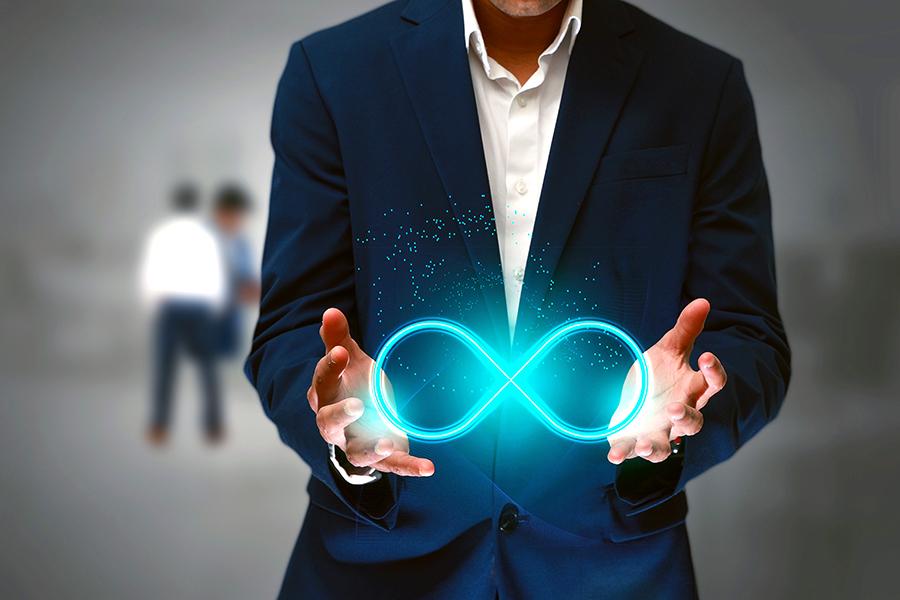Continuity, not consistency is the hallmark of great brands
Consistency is the bedrock of a brand’s promise in so far as it relates to expected, reliable performance. But, it needn’t imply being unchanging or immutable
There has been a rapid globalisation of demand and an ongoing expansion of brand turf across industries. As a result, one area of brand thinking has become exaggerated in scope and practice. I am referring to the emphasis on consistency, sameness and immutability. My area of interest is brand sociology. In sociological terms, continuity beats consistency.
I concede that consistency is the bedrock of a brand’s promise in so far as it relates to expected, reliable performance. But, it needn’t imply being unchanging or immutable. Consistency is not about absolute predictability.
It is indisputable that branding, in the social sense, is created by the chemistry between consumers and creators of culture. There are several storytellers such as the consumers themselves, the company, idea mavens, media channels, critics and influencers. Put together, their output leads to a unified idea of a brand.
A brand’s reason to be, what it does ,and how it communicates it, shapes a brand’s sense of continuity. It must be able to provide for a wide margin of change, adaptation and ongoing evolution. Fixation is not a formula for surviving. It is definitely not a prescription for thriving.
Porsche 911, Mini Cooper and Land Rover—these three iconic automotive brands have preserved continuity while evolving through the years. One has to appreciate the it in the Porsche 911—be it the silhouette, proportions, design philosophy, rear engine placement—all of this has been kept intact to convey a lineage and a DNA that is evidently manifest. At auto shows, through its advertisements and via cooperation of hundreds of adorer clubs, Porsche 911 has made its position ‘rare but accessible’. It is high-performance, yet usable in every day urban living. It is deeply traditional, yet regarded as cutting-edge and innovative. Its engineering has transformed, still the design authenticity is uncorrupted. The exclusivity it enjoys is uncompromised by its growing presence.
It is true that brands can be forces of disruption that shift entire generations of consumers to rethink their criteria and beliefs all over again. Apple did it. Tesla is doing so. But it is rare. Truth be told, there is no static idea of the past. The consumer’s active life span is say, five decades. A generation changes every decade or two. The collective and individual process of brand experience is a relay race. No two generation of consumers experience the brand in the same way.
As we engage with a brand, our relationship and associations develop all the time. This keeps getting upgraded or downgraded throughout our life cycle as a consumer. At different points in time we pay greater attention and accord greater importance to one or the other set of criteria. Anyone who lived in India before economic liberalisation will understand what “imported brands” or “export quality” meant back then. That is no more the case. Smoking has become largely unacceptable whilst drinking has gained social acceptance. Social media has become the first purveyor of brands.
As consumers, we are surrounded by clutter and flashy new news. We seek solidity, anchoring, familiarity. Yet, we also hanker for newness, surprise and enhanced performance
A brand that doesn’t evolve, mutate and develop variations in an adaptive sense loses out in terms of functional performance. It erodes perceived differentiation. It also fails to sensitively delight its customers. On the other hand, a brand that changes constantly is unable to establish what it stands for or what its customers should believe in.
Novelty by itself is not differentiation. Constancy by itself is not virtue.
An obsession with the past matters nothing to consumers if it defeats innovation. Brand owners must neither idolise demand nor glorify design mindlessly.
Cultural resistance to change and the inertia that comes from success is a real managerial challenge in brand building. The best way to stay connected with the source of meaningful brand evolution is to be rooted within the customer community. Brands that are close to their respective tribes manage to synthesise the influences from diverse, key stakeholders.
Success in the marketplace is an ongoing engagement that allows the brand to flower and emerge to its true potential.
“Brands are consistent because they adapt and provide continuity.
When you start off as a new brand, you have nothing to lose.
When you are at the top, the only competition is yourself"
The writer is Global Head, Marketing at Royal Enfield. He writes regularly on brand building, social trends, history, technology and politics. Views expressed are personal
The thoughts and opinions shared here are of the author.
Check out our end of season subscription discounts with a Moneycontrol pro subscription absolutely free. Use code EOSO2021. Click here for details.
